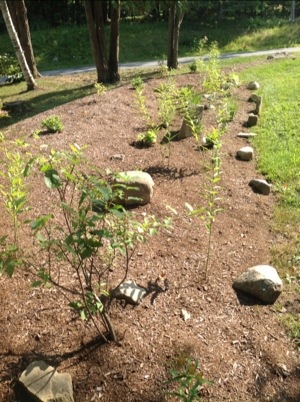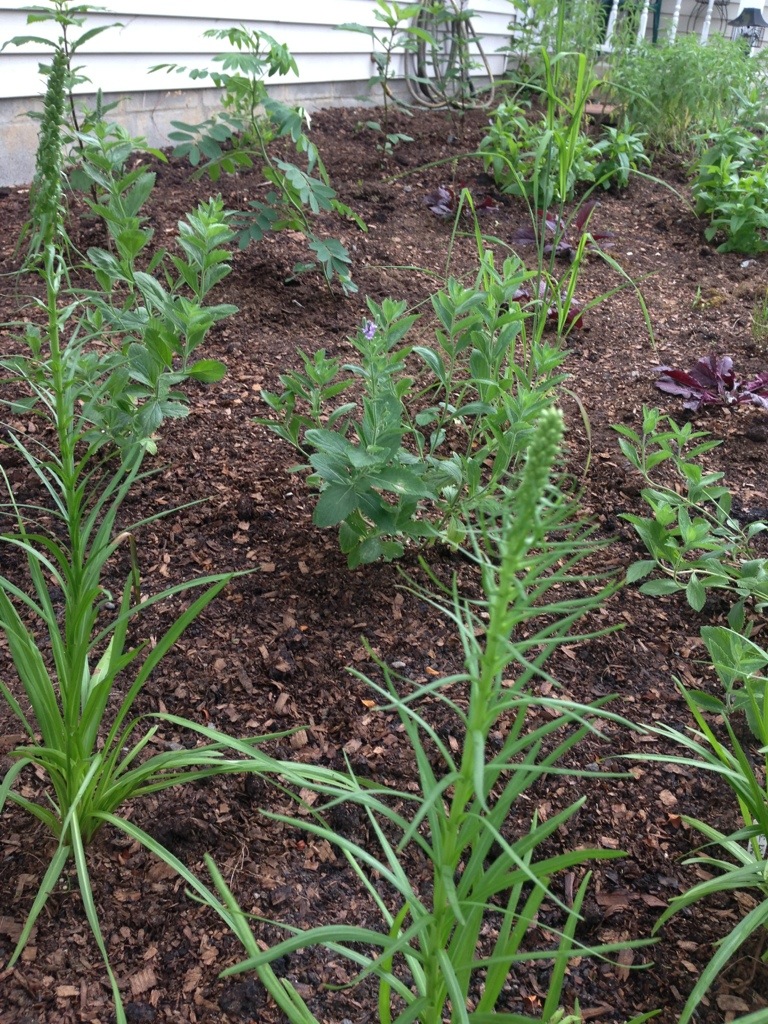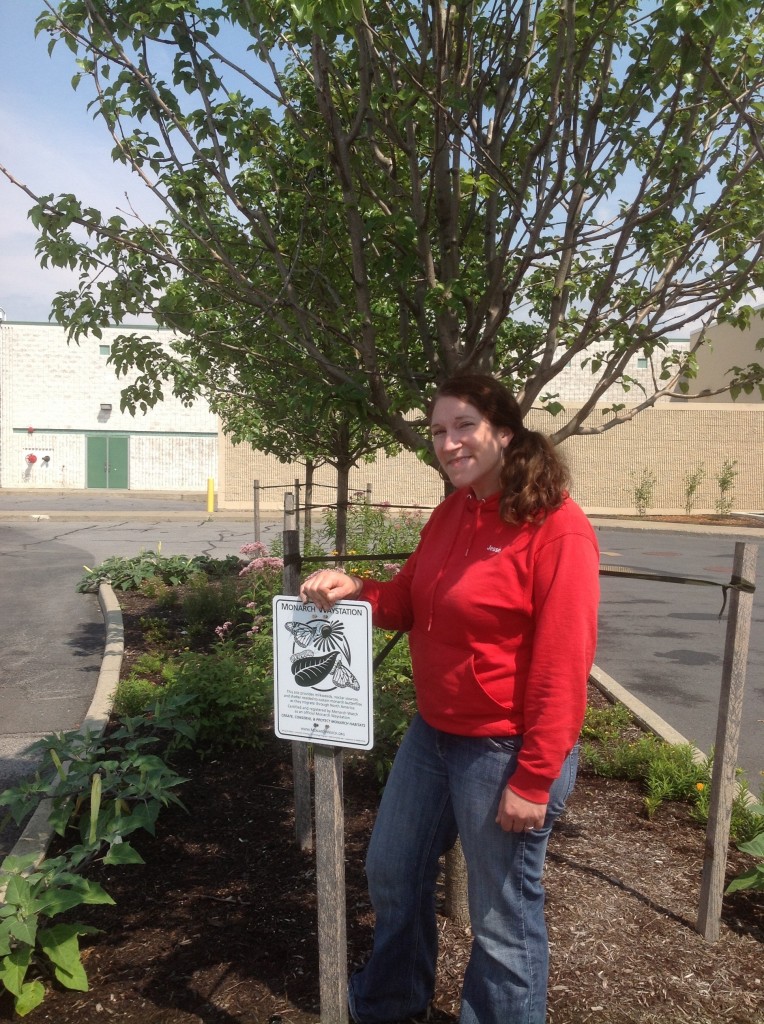
A nature preserve in Schenectady needed a butterfly garden designed and supplied with native plants.
The volunteers from Woodlawn contacted our company to design a butterfly garden for the preserve. The Woodlawn Nature Preserve is a part of the connected Pine Grove ecosystem, aka the Albany Pine Bush. The Friends of the Woodlawn Preserve group successfully sought funding for a butterfly garden to be developed at the edge of the preserve, conveniently adjacent to a local elementary school.

Some of the teachers at the school told the kids about the butterfly garden. The kids were really excited and wanted to help plant. They started Parsley, Dill, Fennel and Sunflower seedlings in their classrooms, and they planted them after the volunteers finished planting the native perennials.
Local Wildlife and Habitat Challenges.
An eagle lives in this preserve. Unfortunately, the preserve (like many wild spaces right now) is infested with invasive plant species like the Phragmites grass. Undeniably, New York wetland habitat spaces are tortured by Phragmites. In contrast, the butterfly garden we planted is composed of 100% New York state native plant species. Later the plants will mature and form blooms that turn to bird food, or seed heads. Consequently, the copious songbird neighbors will eat the seeds. Eventually the native seeds will travel with the birds into the preserve and enrich the seed bank.

Native Plant Design.
We were sure to include lots of Swamp Milkweed (Asclepias incarnata), the Monarch butterfly host plant. Significantly, the design was strategized to host three seasons of bloom. This is achieved by including early, mid-season and late blooming plants.
Wetland Proximity.
Obviously, given the garden site is literally several feet from an active wetland, we had to choose plants that can tolerate in wet conditions. The immediate gratification of the wetland proximity will be high wildlife activity, probably overnight. Butterflies, songbirds, hummingbirds, dragonflies, native bees will become a lot more noticeable in the coming weeks.
Want some butterfly habitat gardens constructed at your property? Certainly, we’d love to meet you! Fill out our intake form and we’ll be in touch soon.



